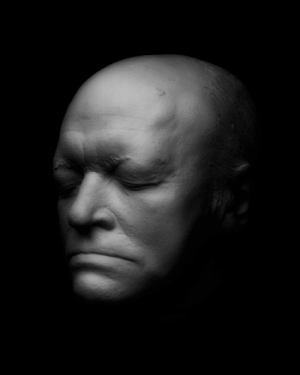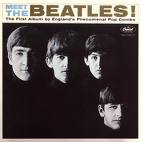As we move into the teens, the decade of 2010, the speed of change will continue accelerate. With the advent of the Android operating system, cloud computing, advances in nanotechnologies and a resurgence in the field of artificial intelligence — all the ingredients are assembled to establish the primitives of what some call the singularity. That moment when intelligence becomes detached from humanity and operates independently and at vast scale. Of course, none of this may happen. It’s a possible future that was imagined in the 1950s and 60s. And although its characteristics were generally dystopian, it’s a future with an irresistible pull.
The hidden question in all of our work on injecting a form of intelligence into our algorithms is what can’t be virtualized? What is the symmetric difference, or the exclusive disjunction, between human and machine intelligence? Will these two sets become identical at some point, or will there always be a remainder? And if there is a remainder, what is its importance and value?
Philip K. Dick’s last interview was transcribed and published in a book called: “What If Our World Is Their Heaven.” The interview took place shortly before the premiere of the film Blade Runner, which was based on his novella “Do Androids Dream of Electric Sheep.” Dick spent a lot of time thinking, and exploring through his fiction, where the boundary lies between human and machine intelligence:
You notice an actual change in her thoughts. They begin to get rigid, brittle, and cold, and mechanical. And she turns into that android figure which is my metaphor for the dehumanized person, as you know, who is someone who is less than human—that essential quality that distinguishes a human being is essentially compassion or kindness, that—it’s not intelligence. An android—or in the film Blade Runner it’s called “replicant“—can be very intelligent, but it’s not really human. Because it’s not intelligence that makes a human being; in my opinion it’s the quality of kindness or compassion or whatever—who know, the Christians call it “agape.”
Minimizing the difference between human and machine intelligence is at first a competitive advantage for the businesses that build and sell machines. Later, discovering that difference becomes an essential imperative.
The gender of machines, and especially when we project gender on to machines, provides a lucid visualization of our fantasies and desires. The machine is a blank slate, the android is a particular kind of fantasy expressed through design, engineering and manufacturing.
There’s a moment when the line blurs, where the humanity of the replicant surpasses that of the human charged with hunting it down and terminating it. It’s just that blurriness, the absence of the remainder that seems to threaten humanity.
Of course this kind of narrative is all speculative fiction, the stuff of comic books and graphic novels. Isn’t it?
One Comment



